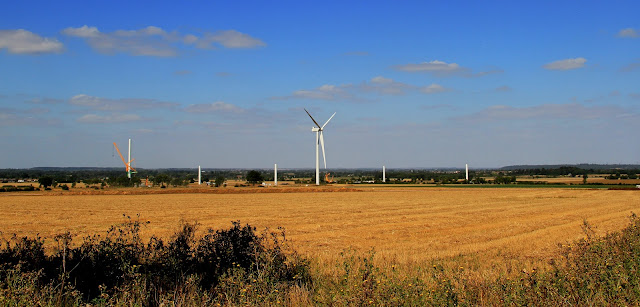Since my last post, Autumn has been and pretty much gone.
 |
| The cemetery |
I've had a spontaneous trip to Norfolk, where the sun set over the dunes at Holkham at low tide. The wind picked up waves of dried sand, and whipped them across the beach. It was the same trip that the wind and rain completely trashed the tent, bending the poles and pinning the outer sheets over the top of us as we attempted to sleep.
 |
| Holkham |
And! An incredible treat, where a few of the team from Whipsnade Zoo got to meet four beautiful wolves at the Anglian Wolf Society.
 |
| Wolf! |
Now, winter has slowly gripped the country. Bitter winds numb the bloodflow to the tips of the fingers. Occasional storms have battered the land. And a trip to Cornwall ensued.
Sam joined me as we spent a few days in Cornwall, exploring the moors and my favourite coastline on the planet. Not that I have seen much, or enough, of Earths coasts! Our first walk was to Rame Head. A rugged headland that juts out into the channel, with views of Plymouth and the Mewstone to the East, Whitsand Bay to the West and 180 degrees of what appears endless sea to the South.
 |
| Rame Head |
Here, Dartmoor ponies grazed the moorland, as kestrels hovered along the cliff edges. Their heads motionless as their wings beat furiously and their rudder-like tail controlled them in the wind. After an unsuccessful dive, the kestrel perched on a nearby telegraph pole. A small, beautifully intricate bird of prey.
 |
| Pony |
A small herd of fallow deer at the base of the cliffs froze. For a moment motionless, their ears pricked up, faces stared directly at us. The moment passed. White bums flashed as the deer skipped through the wind worn vegetation.
 |
| Fallows in the distance! |
The next day we ventured out across Bodmin moor, an area packed with old mines, railways and ruins, topped off with stunning panoramic views from the tops of the granite exposed tors.
 |
| View from the top! A great place to eat lunch (and drop it all over the floor) |
We climbed to the top of Kilmar Tor. After we had watched many hail storms pass in the distance, our fortune faded as the sinister grey clouds were swept above us. Hail showered to the ground, springing off of the bare rock faces and stinging the face.
 |
| Climbing a tor on Bodmin moor |
We were not alone in enjoying this beautiful moorland, as mischievous cows, disguised as orcas, grazed their day away.
.jpeg) |
| Orcows... |
And of course, what is a trip to Devon and Cornwall without a walk along the raw and rugged wildlife rich coastline?
 |
| The sun sets over the Mewstone, Wembury |
I apologise for the severe delays in any form of blog. A new venture has begun, as I have decided to take on the challenge of making wildlife films. I have started a blog here: Riverbank Movies.
The plan is to create lots of mini-episodes featuring exciting wildlife that people can enjoy easily, or with not too much effort and little expense, and show them how to connect and enjoy with it. I would love to reach people that are not already wildlife savvy and aware, and inspire them to become so. Which will probably mean I will have to pester people with 'please share' messages. I apologise in advance. That is two apologies in as many paragraphs...
Anyway, I have been filming with the Shark Trust in Devon, in touch with Hunstanton Sealife Centre, and am already making some good contacts and have got enough material to fully complete a short episode about grey seals. So keep your eyes peeled! I am on facebook, twitter and youtube now as well! Any ideas, tips, advice - please feel free to share !
Anyway, I have been filming with the Shark Trust in Devon, in touch with Hunstanton Sealife Centre, and am already making some good contacts and have got enough material to fully complete a short episode about grey seals. So keep your eyes peeled! I am on facebook, twitter and youtube now as well! Any ideas, tips, advice - please feel free to share !
Thank ya'll for reading!! Much appreciated.










































